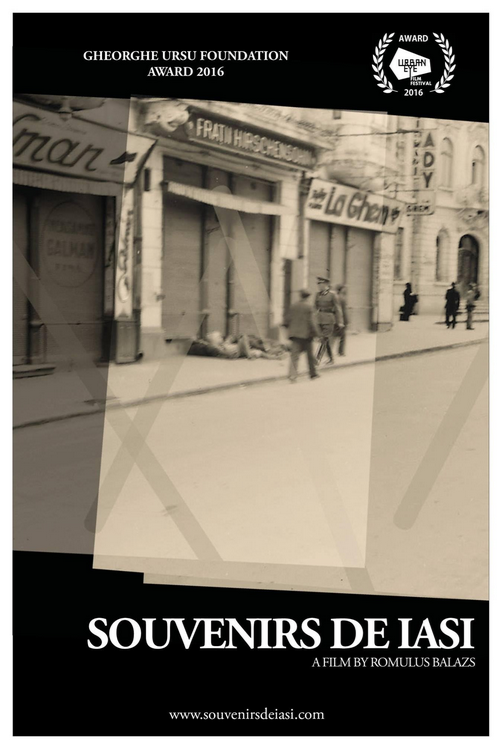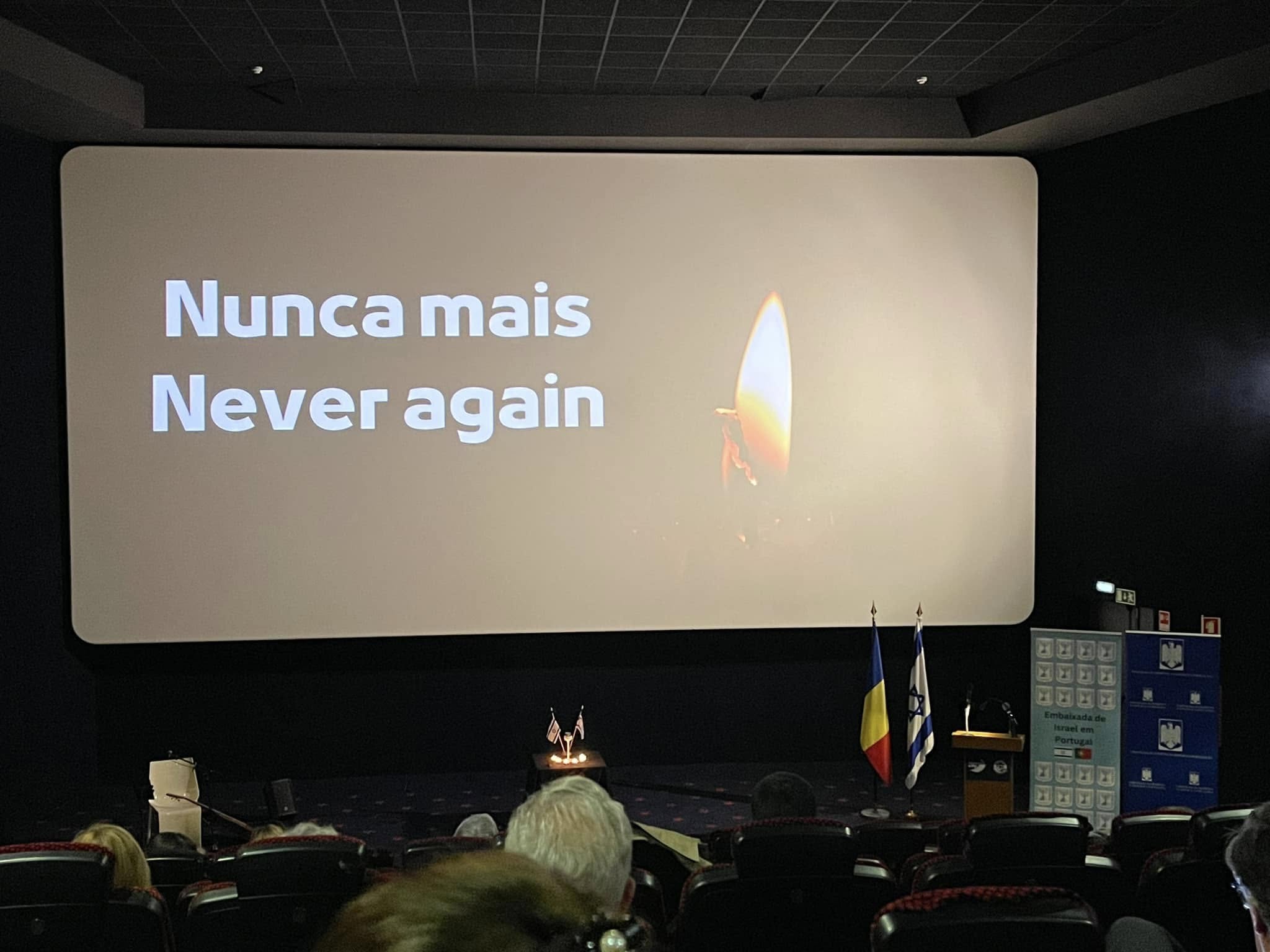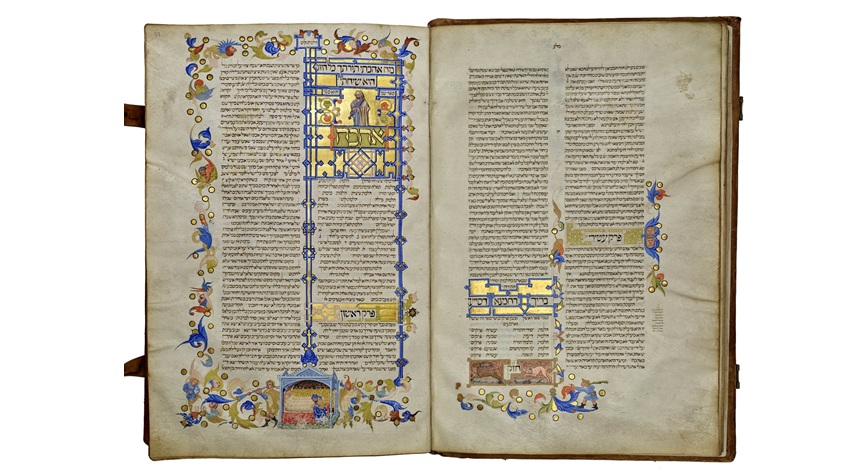To mark the International Day of Commemoration in Memory of the Victims of the Holocaust, on January 30, a screening of Souvenirs de Iasi, a documentary about the horrific pogrom in the Romanian city of Iasi, was held at the City Cinema in Lisbon. The event was organized by the Romanian Embassy, the Israeli Embassy, and the Romanian Cultural Institute in Portugal. It featured speeches by the Romanian ambassador, Daniela Gîtman, and the Israeli ambassador, Oren Rozenblat.
Souvenirs de Iasi
In 2013, Romulus Balazs discovered a book that had been hidden for decades by the Romanian communist regime, detailing Romania’s involvement in the Holocaust. While reading it, he came across photographs documenting the Iasi pogrom, the urban massacres, and the brutal methods used to deport and murder Jews. Seventy-four years later, he returned to the sites of the massacre, searching for the exact locations where these images had been captured.

The Iasi Pogrom – June 1941
On the evening of Saturday, June 28, 1941, Romanian and German soldiers, members of the Romanian Special Intelligence Service, police officers, and mobs of local residents carried out a mass killing and looting of the Jewish population of Iasi. Thousands were murdered in their homes and on the streets, while thousands more were arrested by Romanian and German patrols and taken to police headquarters. Lazar Rozin, who was only fourteen years old at the time, recalled: "They entered our house, screaming and ransacking all of our belongings. They ordered all of us outside, including my mother and sisters. As we walked to the police station, we saw people being beaten, and the bodies of dead Jews were strewn across the streets."
The following day, known as Black Sunday, Romanian soldiers executed thousands of Jews who had been detained in the police headquarters yard.
Approximately 4,000 Jews, rounded up from all parts of the city, were crammed into freight cars and vans. These death trains were sealed shut and moved back and forth between railway stations. Of those aboard, 2,650 perished from suffocation or thirst, while others lost their sanity. Lazar Rozin described the ordeal: "They packed us into the train… We had no idea what was going to happen… We thought they wouldn't set the cars on fire only because they didn’t want to damage the locomotive itself… For five days, we suffocated in that overcrowded train. Most of the people in the car died… We slept on dead bodies."
During the pogrom, Romanian authorities, in collaboration with German soldiers, not only massacred thousands of Iasi’s Jewish residents but also sought to erase a Jewish community that had existed for more than 300 years.
Sources: Yad Vashem, Memorial of the Shoah



































